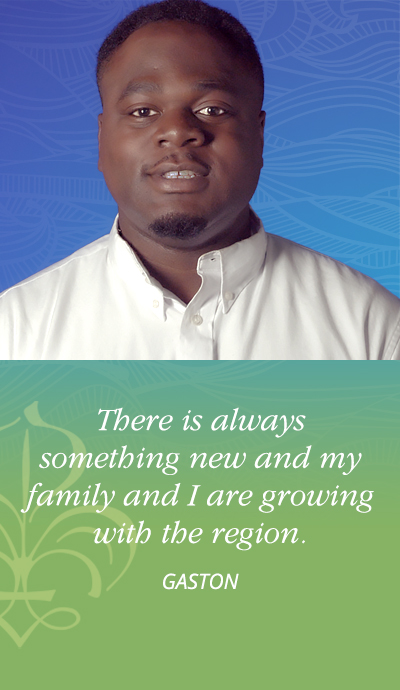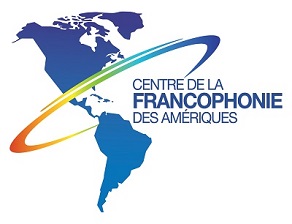Niagara is a safe and accommodating environment, open for business and a good place to live, work and grow.
Location
Land Acknowledgement
Niagara Region is situated on treaty land. This land is steeped in the rich history of the First Nations such as the Hatiwendaronk, the Haudenosaunee, and the Anishinaabe, including the Mississaugas of the Credit First Nation. There are many First Nations, Métis, and Inuit people that live and work in Niagara today. Interagence Niagara acknowledges all Indigenous people, past and present, and the wise stewardship of the lands on which we live.
Region of Niagara
Niagara Canada is not just Niagara Falls – it is a region made up of many communities, including medium-sized cities, small towns and hamlets.
Niagara’s Regional government is responsible for public health, emergency services, garbage collection, community services, enterprise and resource management, planning and development services, some roads and public works.
- The 12 local municipalities in Niagara include Fort Erie, Pelham, Grimsby, Lincoln, Niagara Falls, Niagara-on-the-Lake, Port Colborne*, St.Catharines, Thorold, Wainfleet, Welland* and West Lincoln
- The region encompasses a total area of 1,852 km2 with a total population of 477,941.
- The region has three urban centres, St. Catharines, Niagara Falls and Welland.
- Landmark natural features include Lake Ontario, Lake Erie and the Niagara Escarpment.
- The region is part of a growing area: 4 million individuals live within a 90-minute drive, making Niagara a thriving location.
- Niagara is approximately 120 km away by car or transit to Toronto, Canada’s largest city. There are daily commuter train and bus services to and from Toronto. You can also ride the GO train between Toronto and Niagara Falls.
- There are 5 international border crossings into the United States as well as 7 airports within a one hour drive that provide easy access from Niagara Canada to anywhere in the world.
French Language Services Act
You can access French language services from all 28 ministries of the provincial government via Service Ontario and from all federal ministries via Service Canada. In Ontario, access to French language services is an entrenched right under the French Language Services Act.
This includes things like getting a driver’s licence or birth certificate. All information regarding government programs is available in French as well.
However, in order to obtain French language services and information, you must present yourself to a government office situated in or near a designated area. A designated area consists of an area where Francophones make up at least 10% of the population. In a city, French language services are offered where Francophone citizens number at least 5,000.
* The cities of Port Colborne and Welland are designated areas under the Ontario French Language Services Act.
“As a provincially designated community we strive to provide an increasing number of services in both official languages. It is important for the City of Welland to preserve and encourage growth in French language and culture as it strengthens our city.”
City of Welland Mayor, Frank Campion
Housing
Niagara has many housing options with competitive prices that are close to facilities, community services and places to look for housing assistance. Whether you want to live in the city or just outside the city, in a house or an apartment, there are many options for you. For information on affordable housing, visit: Niagara Regional Housing and also Welcome to Niagara.
Transportation
Public Transit
Niagara Region Transit is the new Consolidated Transit System in Niagara which connects some of Niagara’s largest communities. Regular bus services are available in Niagara Falls, St. Catharines (including some service in Thorold), Welland (including some service in Port Colborne), Fort Erie and Niagara-on-the-Lake.
Train service
Via Rail services are available from stations in St. Catharines, Niagara Falls and Grimsby. You can also ride the GO train between Toronto and Niagara Falls.
Driving
- Niagara’s major urban centres have the least traffic congestion of Canada’s largest cities.
- With access to major and secondary highways, including the Queen Elizabeth Way (QEW), any point to point trip within the region is a maximum 45 minute drive.
- Traveller Information provided by Ontario 511 helps to plan travel on Ontario’s highways.
Cycling
- Niagara Region’s cycling tourism network provides an overview of accessible cycling roads to both visitors and residents alike.
Security
The Niagara Regional Police Service works to keep Niagara residents and visitors safe. Emergency services are provided by a number of fire departments and the paramedics of Niagara Emergency Medical Services. Emergency services are available throughout the region by dialling 911.

